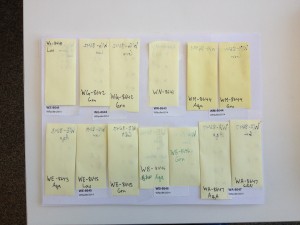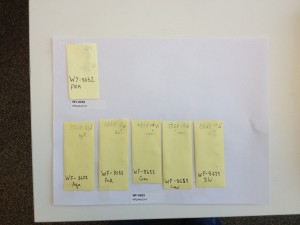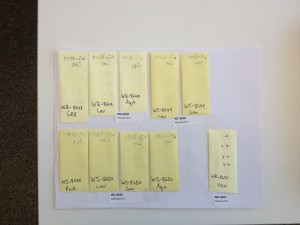Keke is a senior Environmental Studies major at Lake Forest College who has been working in the lab for the past semester. For her project, she focused on the maternal plants of qGen_3. In that experiment, we crossed individuals in p1 with pollen collected from plants at Staffanson and Landfill during the summer and planted the seeds from those crosses in the fall. When dissecting the heads, we only selected achenes that we knew had been crossed properly.
This left ray achenes and achenes that may have been contaminated with other pollen, plus any achenes that we missed! Although we didn’t want to plant inviable or contaminated achenes, knowing the fecundity of the maternal plants is an important part of estimating fitness, so we wanted to have accurate achene counts for each mom. This is where Keke comes in. She removed all of the “extra” achenes and counted them, along with the rest of the maternal achenes which had been scanned in the fall.
Keke also analyzed the effect of a new pollen management procedure that we followed for q3. This procedure involved collecting pollen in multiple vials and taking care to only remove a vial from the refrigerator for crossing once. This was in an effort to reduce exposure of pollen to repeated warming and cooling cycles, which we thought might have reduced its viability in q2. Keke assessed the percent of successful crosses in q2 versus q3 and found that the percent of successful crosses increased 5% with the new procedure. Cool!
You can read more about what Keke did this winter and spring in her report, which can be found here:
Thanks Keke and best of luck in all of your future endeavors!




